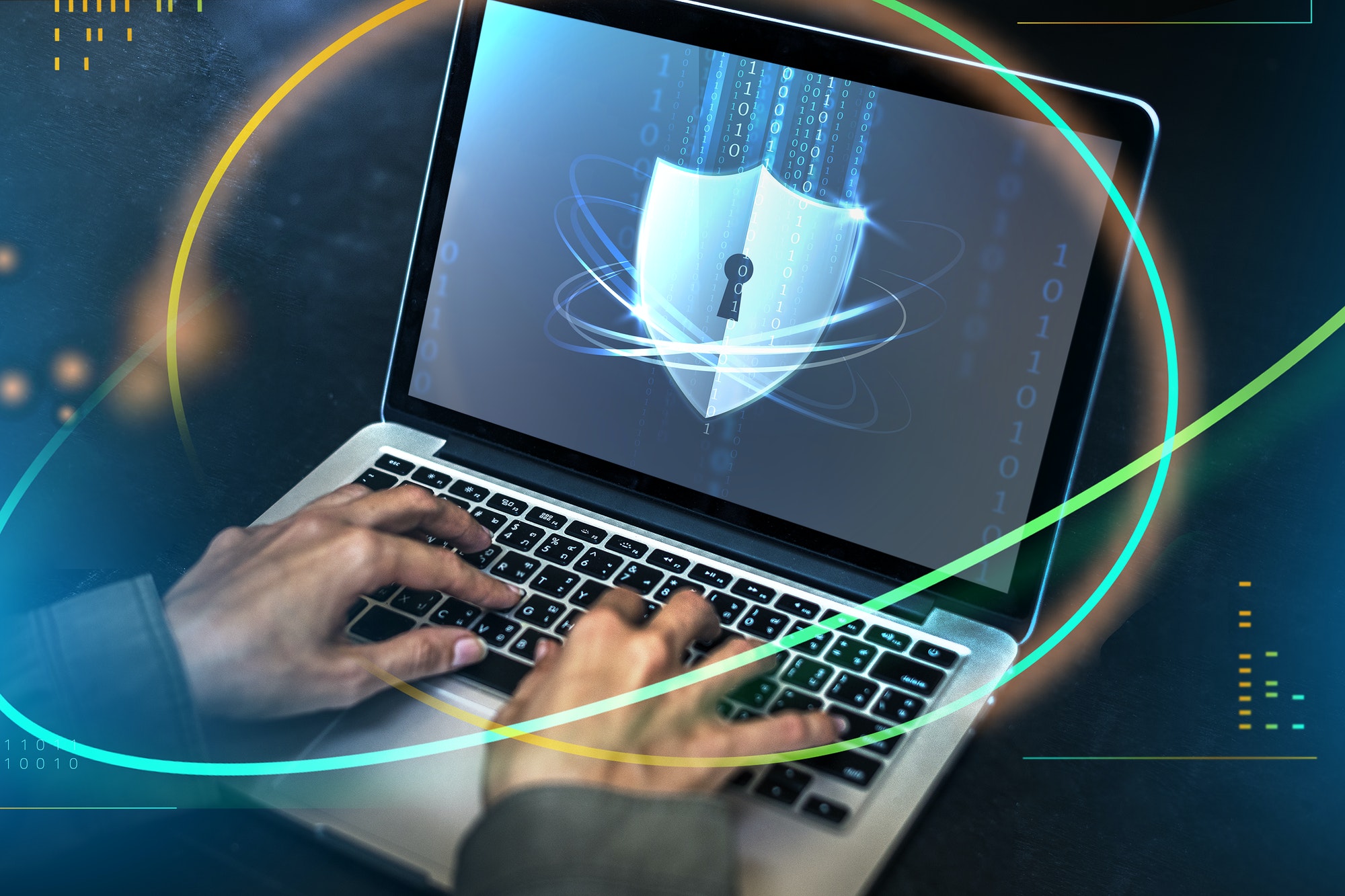TECH NEWS
Cracking the Code: Measuring and Maximising ROI in Cybersecurity
In the dynamic and ever-evolving landscape of cybersecurity, the challenge of measuring the return on security investments (ROSI) is a challenging feat. The key is to efficiently reduce Cyber Security Risk through strategic and cost-effective approaches.
February 13, 2024

The ability to leverage tracked and comparable data over time provides CISOs with powerful tools to effectively monitor and control risks. Technical solutions, such as the integration of Attack Surface Management tools also prove valuable in gaining a comprehensive understanding of the impact of security activities.
However, many organisations find themselves struggling with the tangible impact of their cybersecurity strategies. These organisations often typically lack a detailed Cyber Risk Management strategy. As a result, they face significant challenges when attempting to calculate ROSI. The absence of a clear understanding of initial risks makes evaluating the effectiveness of security strategies a daunting task. In essence, the measurement challenge boils down to comprehending and mitigating the threats posed by risks.
Unlocking ROSI in Zero Trust Security Initiatives
Zero Trust Security initiatives are gaining prominence as organisations strive to reduce Cyber Security Risk. The primary goal often is to establish a balance that is both secure and feasible. Achieving this objective involves a meticulous assessment of the risks associated with the entire IT infrastructure and the implementation of measures such as multifactor authentication and device control. While acknowledging that not every risk can be eradicated, real-time monitoring becomes critical, particularly for persistent threats. ROSI, in the context of Zero Trust, revolves around efficiently controlling and minimising Cyber Security Risk within the predefined investment parameters of the company.
Elevating Security Models: Continuous Improvement is Key
In the face of evolving cyber threats, ensuring that your security model is continually updated and improved is imperative for sustained resilience. Organisations need to establish effective mechanisms for swift risk assessment and management. Automated processes, such as the analysis of the attack surface in connection to threat models, enable IT leaders to put strategies in place to respond promptly to evolving IT security situations. Automation, complemented by warning capabilities for unexpected risks, plays a pivotal role in this comprehensive risk management approach.
Understanding Risk
In the cybersecurity space, maximising security investments can be a challenge. The cyber industry needs to collaborate to offer organisations practical solutions such as simple risk trend graphs. Shifting from a problem-solving approach to a strategic concept is crucial. Compliance and regulations, such as NIS2, underscore the need to understand threats.
In ROSI discussions, aligning with risk management and testing setups through practices like “Red Teaming” can be essential for building resilience against actual attacks.